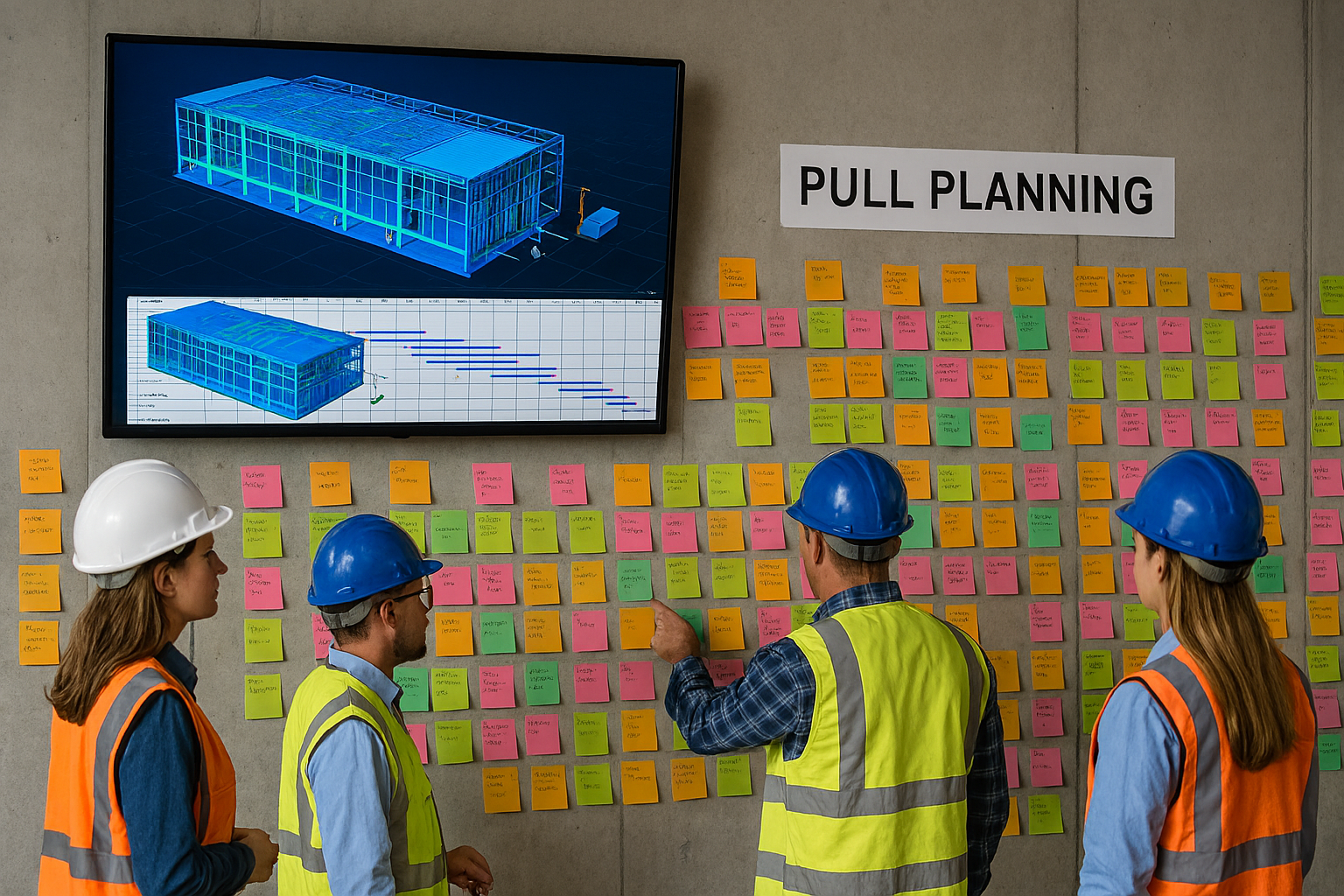Introduction
Mission‑critical data center construction demands precision and predictability. Integrating Primavera P6 schedules with BIM models enables 4D simulation and pull planning, improving sequencing, collaboration, and risk control. Leadership teams can leverage these tools to deliver on aggressive timelines with confidence.
Why Integration Matters for Mission‑Critical Data Center Projects
Data centers operate under strict uptime requirements and aggressive delivery schedules. Delays can result in millions of dollars in lost revenue and SLA penalties. By combining P6 scheduling logic with BIM visualization, leadership gains a single source of truth for planning and execution. This integration reduces uncertainty and aligns with AACE Recommended Practices (RP 39R‑06) for schedule development and control.
Integrating P6 and BIM for Mission‑Critical Scheduling
Linking P6 schedules to BIM models creates a unified planning environment. Activity IDs embedded in Revit or Navisworks allow real‑time visualization of schedule impacts. This integration supports proactive decision‑making and ensures that every milestone is traceable to a physical component in the model. Leadership can quickly identify bottlenecks and adjust resources before issues escalate.
4D Simulation: Visualizing Construction Sequencing
4D BIM simulation connects time and geometry, enabling teams to visualize construction sequences before breaking ground. Leadership benefits from early detection of conflicts, optimized logistics, and enhanced stakeholder communication. Tools like Synchro or Navisworks Manage make these simulations actionable for mission‑critical projects. Visualizing the build sequence also helps validate procurement timelines and installation strategies.
Pull Planning: Lean Backward Scheduling for Data Centers
Pull planning applies Lean principles to backward scheduling, ensuring trade partners commit to realistic milestones. This collaborative approach reduces variability and enhances reliability. For Mission‑Critical Data Center Construction Projects, pull planning complements P6 logic by aligning field execution with leadership priorities. When combined with BIM and 4D simulation, pull planning sessions become more productive because teams can see the impact of their commitments in real time.
Benefits: Risk Reduction, Cost Control, Schedule Reliability
- Reduced risk through early visualization and clash detection
- Improved cost control via accurate sequencing and resource leveling
- Schedule reliability supported by AACE RP frameworks and Lean methods
- Enhanced collaboration between design, scheduling, and field teams
- Better stakeholder confidence through transparent reporting and visual progress tracking
Mission‑Critical Data Center Construction Implementation Roadmap
- Embed P6 Activity IDs in BIM elements
- Export models to Navisworks or Synchro for 4D simulation
- Conduct pull planning sessions with all stakeholders
- Validate sequences against procurement and commissioning plans
- Iterate plans per AACE RP 39R‑06 guidelines for continuous improvement
Common Challenges and How to Overcome Them for Mission‑Critical Data Center Construction
- Data Misalignment: Ensure consistent coding structures between P6 and BIM.
- Software Interoperability: Use middleware or plugins to bridge gaps between scheduling and modeling platforms.
- Cultural Resistance: Train leadership and trades on the benefits of visual planning and Lean principles.
- Resource Constraints: Begin with pilot projects to demonstrate ROI before scaling up.
Conclusion
Integrating P6, BIM, 4D simulation, and pull planning creates a powerful synergy for Mission‑Critical Data Center Construction. Leadership teams gain visibility, control, and confidence in project delivery. All strategies outlined here align with AACE Recommended Practices and industry best standards, ensuring predictable outcomes in high‑stakes environments.


